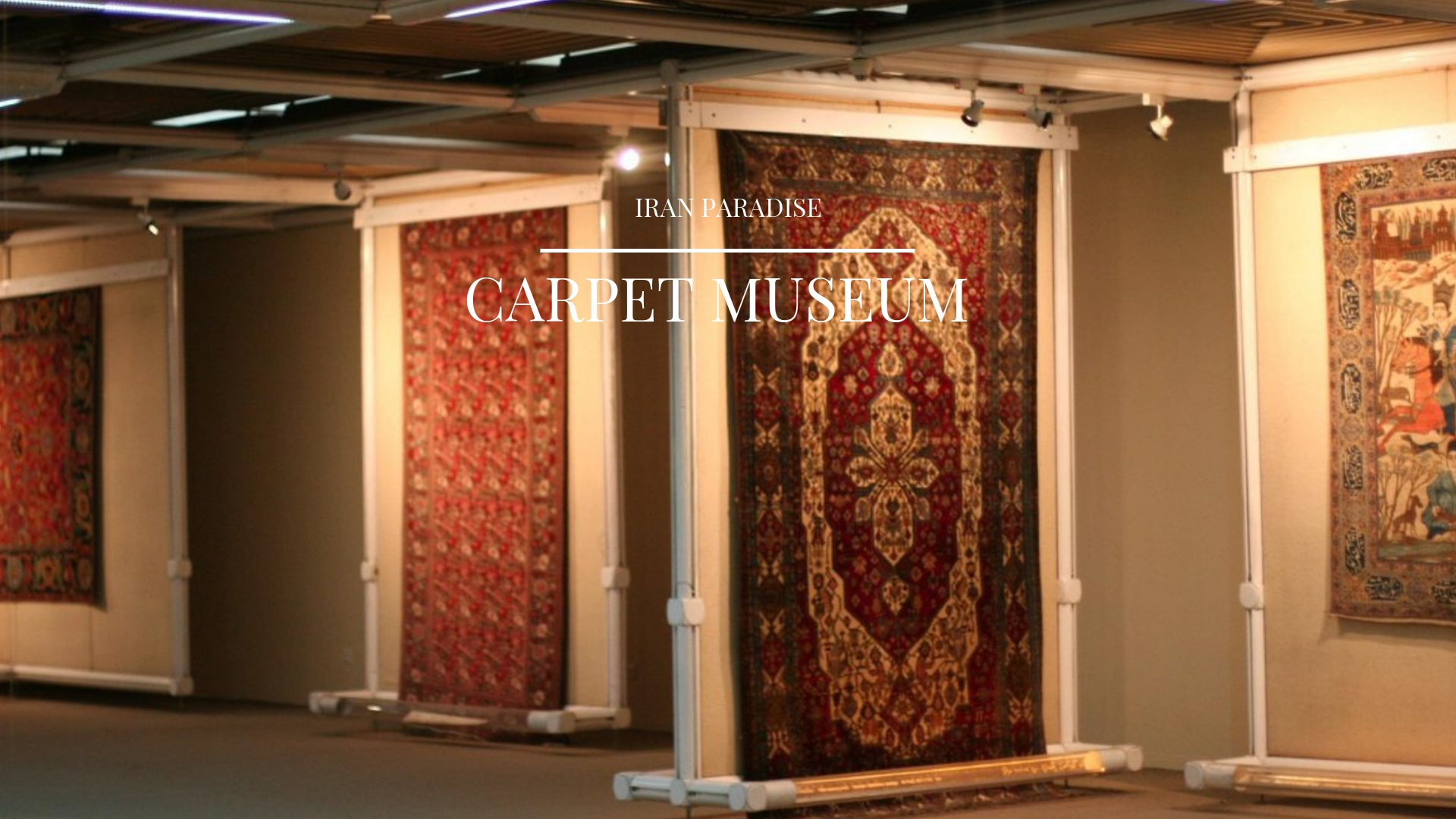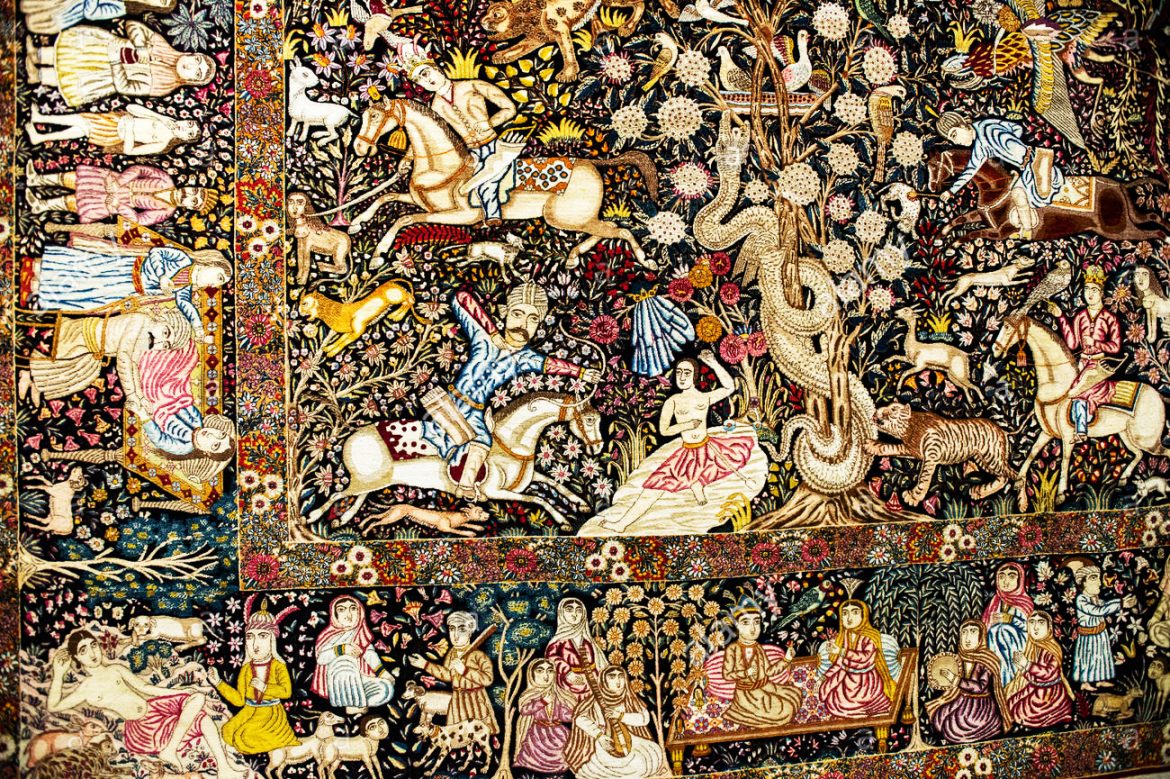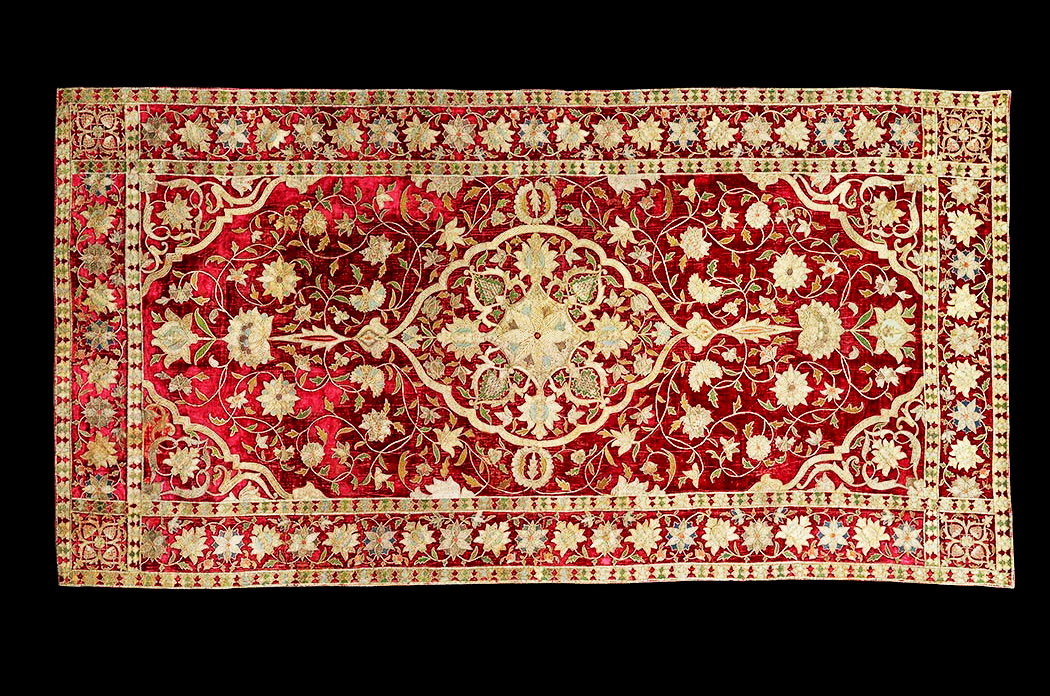Carpet Museum

Carpet museum of Iran is Located in Tehran, beside Laleh Park, and founded in 1976, the Carpet Museum of Iran exhibits a variety of Persian carpets from all over Iran, dating from 18th century to present.The museum’s exhibition hall occupies 3,400 square meters (10,200 ft²) and its library contains 7,000 books.The perforated structure around the museum’s exterior is designed both to resemble a carpet loom, and to cast shade on the exterior walls, reducing the impact of the hot summer sun on the interior temperature.
Carpet-weaving is undoubtedly one of the most distinguished manifestations of Iranian culture and art, dating back to the Bronze Age, but as the materials used in carpets including wool and cotton, decay into dust during the course of time, archaeologists couldn’t make any special discovery during the archaeological excavations. What have remained for us from the early ages as evidence of carpet-weaving are nothing more than a few pieces of worn-out rugs.

Iranian carpets are one of the unique masterpieces created by Iranians since antiquity. Although they are known as Persian carpets, they have been made by various ethnic groups in Iran based on the same traditions and techniques. The facade of the museum resembles the carpet-weaving loom. It also comprises of two floors to display different kinds of carpets, kilims and handmade rugs.
The first floor hall is devoted to the permanent exhibition and the second one to temporary exhibitions of carpets or carpet-related subjects. Most often, the oldest pieces belong to Safavid period. There are also more recent ones. Some traditional and very rare designs and patterns are found among the carpets. Portrait, multi-panel, botteh, triangular citron and animal design carpets are among various designs found in the collection. Also, sometimes the so-called Polish carpets are on display. They are the carpets made in Iran, but known as made in Poland.
The above mentioned and all other famous pieces have been made at the main centers of carpet making like Kashan, Kerman, Esfehan, Tabriz, Khorasan, Kurdistan and so forth. At the entrance to the main hall of the first floor, there are a map of the most well-known carpet making centers of Iran, a showcase of various weaving tools, a showcase of some dying natural material as well as dyed threads and a vertical carpet-weaving loom. From time to time, someone sits at the loom and visitors can see how a carpet is woven.

In a unique archaeological excavation in 1949, the exceptional Pazyryk carpet was discovered among the ices of Pazyryk Valley, in Altai Mountains in Siberia. It was discovered in the grave of a Scythian prince by a group of Russian archaeologists under the supervision of professor Rudenko. Radiocarbon testing revealed that Pazyryk carpet was woven in the 5th century BC. This carpet is 1.83×2 meters and has 36 symmetrical knots per cm2.The advanced weaving technique used in the Pazyryk carpet indicates a long history of evolution and experience of this art. Most experts believe that the Pazyryk carpet is the final achievement of at least one thousand years of experience and history. According to this theory the art of carpet-weaving in Iran is at least 3500 years old.
In 1978, the founders of the Carpet Museum of Iran established this Museum with a limited number of Persian carpets and kilims, in order to revive and develop the art of carpet-weaving in the country, and to provide a source to satisfy the need for research about the historical background and evolution of this art
The Carpet Museum of Iran, with its beautiful architecture and facade resembling a carpet-weaving loom is located on the northwest of Laleh Park in Tehran. It is composed of two exhibition galleries covering an area of 3400 m2.The ground floor gallery is assigned for permanent exhibitions and the upper floor gallery is considered for the temporary exhibitions of carpets, kilims, and carpet designs.


